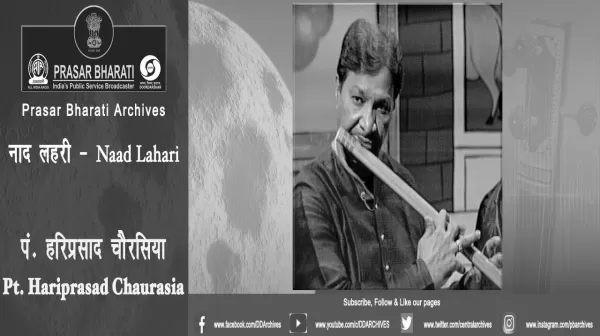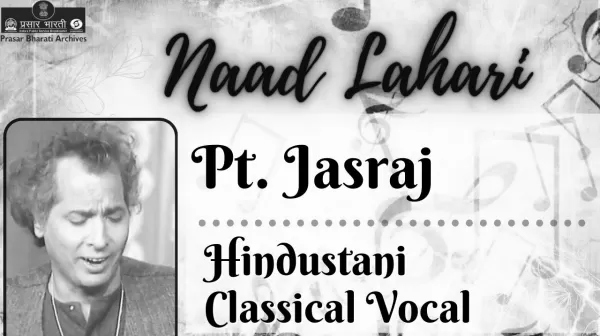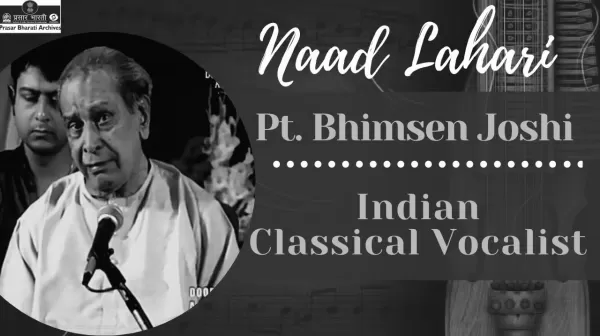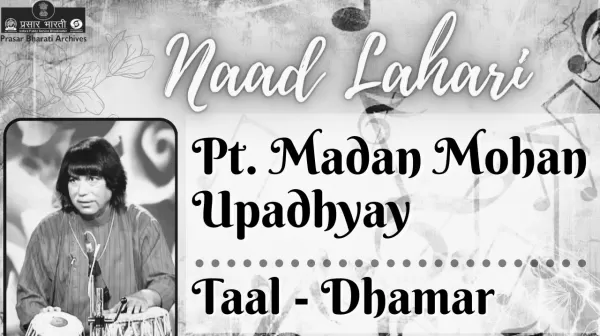Narayan Rao Vyas | Bhajan
Feel the resonance of evening ragas... Narayanrao Vyas (1902–1984) was a Hindustani musician of Gwalior gharana. He was a disciple of Vishnu Digambar Paluskar. He cut several 78 rpm discs, classical khayals and semi-classical bhajans and thumris, at around 1930 which became very famous. His father and uncle were well-known musicians in Kolhapur. #NaadLahari #NarayanRaoVyas #Bhajan #eveningragas
Playlist
Category
- Bhajan
Bhajan refers to any devotional song with a religious theme or spiritual ideas, specifically among Indian religions, in any of the languages from the Indian subcontinent. The term bhajanam (Sanskrit: भजनम्) means reverence and originates from the root word bhaj (Sanskrit: भज्), which means to revere, as in 'Bhaja Govindam' (Revere Govinda). The term bhajana also means sharing.
The term 'bhajan' is also commonly used to refer a group event, with one or more lead singers, accompanied with music, and sometimes dancing. Minimally there is a percussion accompaniment such as tabla, dholak or a tambourine. Handheld small cymbals (kartals) are commonly used to maintain the beat, rhythm. A bhajan may be sung in a temple, in a home, under a tree in the open, near a river bank or a place of historic significance.
As a bhajan has no prescribed form, or set rules, it is in free form, normally lyrical and based on melodic ragas. It belongs to a genre of music and arts that developed with the Bhakti movement. It is found in the various traditions of Hinduism as well as Jainism. Within Hinduism, it is particularly prevalent in Vaishnavism.
Ideas from scriptures, legendary epics, the teachings of saints and loving devotion to a deity are the typical subjects of bhajans.
- 6 views










